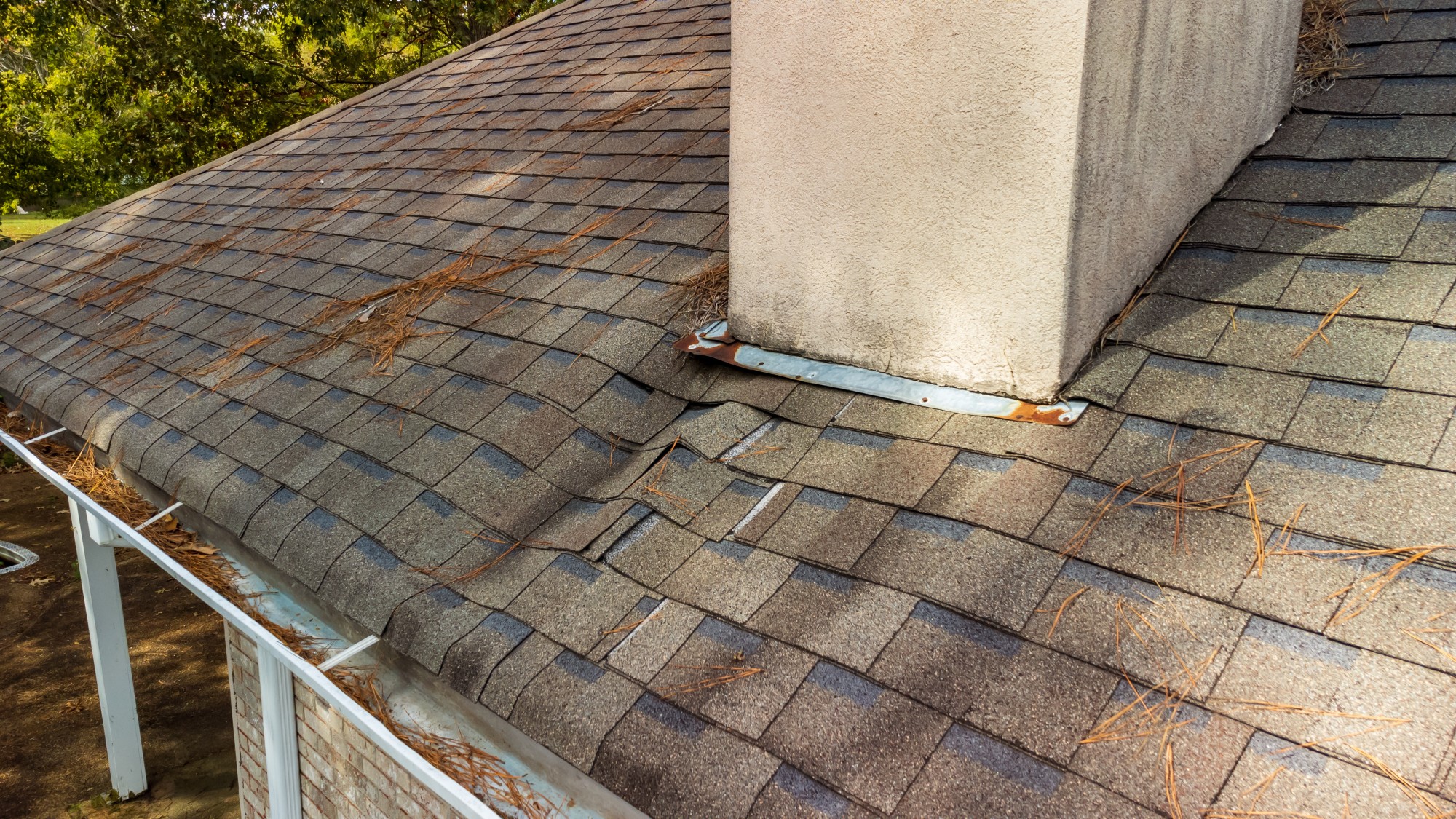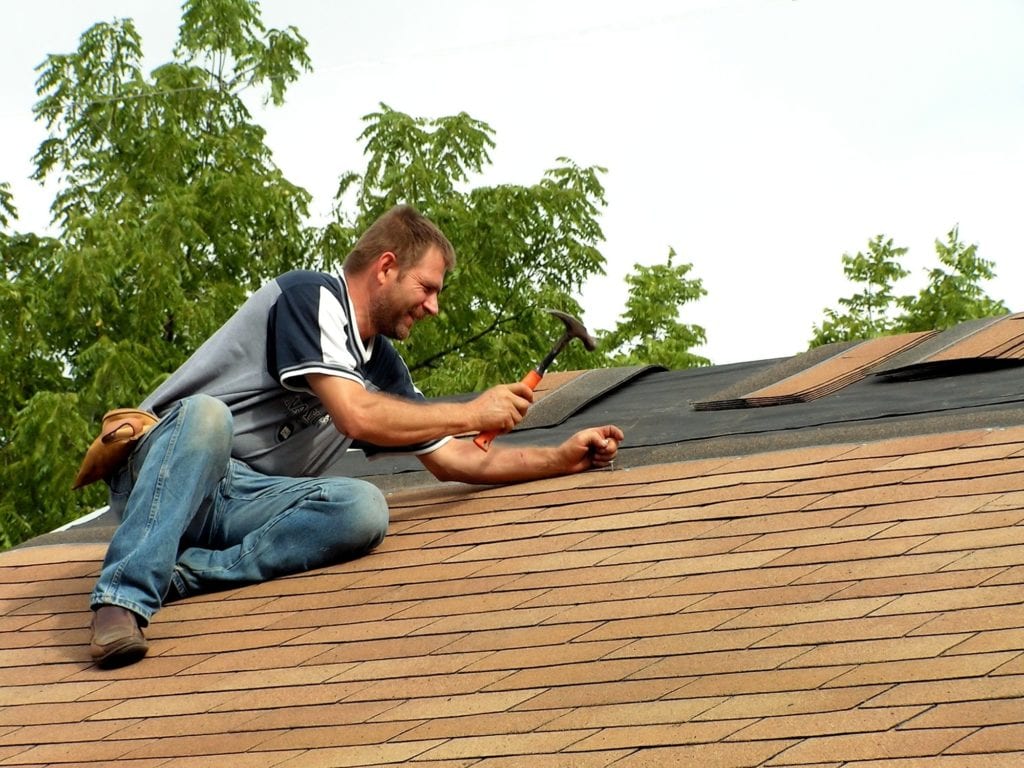Roofing Companies Oahu: Relied On Specialists for Your Roofing Requirements
Roofing Companies Oahu: Relied On Specialists for Your Roofing Requirements
Blog Article
Understanding the Various Kinds Of Roofing Systems: A Comprehensive Guide for Homeowners
With a selection of options-- varying from the conventional gable to the modern flat-- each type offers special benefits and challenges that need to align with the property owner's environmental factors to consider and certain demands. As we check out the ins and outs of numerous roofing types, it becomes noticeable that one dimension does not fit all; the best selection may stun you.
Saddleback Roof
Saddleback roofs, identified by their triangular form, are amongst the most preferred roofing styles because of their simpleness and performance in losing water and snow. This style includes two sloping sides that meet at a ridge, allowing for reliable drainage and minimizing the danger of water build-up. The steep pitch commonly connected with gable roofings enhances their capacity to take care of heavy rainfall, making them appropriate for numerous environments.
In enhancement to their sensible advantages, saddleback roofs use aesthetic versatility. They can be adapted to various architectural styles, from traditional to modern homes. The style can also accommodate extra features such as dormer home windows, which boost all-natural light and air flow in the attic area.
Additionally, gable roofings give enough space for insulation, adding to power efficiency. House owners can pick from a range of roof materials, consisting of asphalt tiles, metal, and tiles, even more enhancing modification alternatives.
Regardless of their benefits, saddleback roofs may require added support in areas prone to high winds or heavy snowfall. In general, the gable roofing system remains a favored option because of its mix of functionality, resilience, and aesthetic charm.
Apartment Roofs
Flat roof coverings are usually identified for their minimal design and useful applications, specifically in industrial and industrial settings (oahu roofing). These roof coverings feature a horizontal or nearly straight surface area, which enables for easy building and functional area use. While they might do not have the visual allure of angled roofs, level roofing systems supply various benefits, particularly in city atmospheres where optimizing room is essential
Among the primary benefits of level roofing systems is their access. Property owners can utilize the roof covering room for numerous functions, such as roof yards, terraces, or photovoltaic panel setups. Additionally, level roof coverings are generally extra economical to mount and preserve compared to their sloped counterparts, as they need less materials and labor.
However, level roofs do present specific obstacles. Correct drainage is vital to stop water merging, which can lead to leakages and structural damage. Hence, selecting top quality waterproofing materials and routine evaluations are vital for making certain longevity. Usual products used for level roofs include built-up roof covering (BUR), modified asphalt, and single-ply membrane layers, each offering distinctive benefits. Overall, level roof coverings serve as a functional and adaptable selection for lots of homeowners and businesses alike.
Hip Roofs
Hip roof coverings are defined by their sloped sides that merge on top, developing a ridge. This design stands out from saddleback roofs, as all 4 sides of a hip roofing incline downwards toward the walls, offering an extra secure structure. The angle of the inclines can differ, enabling versatility in architectural looks and capability.
Among the key advantages of hip roofing systems is their anchor capability to hold up against hefty winds and negative weather. The sloped surfaces make it possible for far better water drainage, decreasing the threat of leaks and water damage. In addition, hip roofings provide boosted attic area, which can be used for storage and even exchanged habitable areas.
Nonetheless, building a hip roof can be more complicated and costly than less complex roof types, such as gable roofs. The added product and reference labor included in producing the slopes and making sure proper structural honesty can lead to higher expenses. In spite of these disadvantages, lots of homeowners prefer hip roofings for their sturdiness, aesthetic appeal, and potential for energy effectiveness.
Mansard Roofs
Mansard roofing systems, typically identified by their distinct four-sided design, function two slopes on each side, with the lower incline being steeper than the top. This building design, stemming from France in the 17th century, is not just visually appealing but functional, as it makes the most of the functional space in the upper floorings of a building. The high reduced incline permits for more headroom, making it a suitable option for attics or lofts, which can be converted right into living areas.
Mansard roof coverings are identified by their convenience, accommodating various building styles, from typical to contemporary. They can be built with different products, including asphalt shingles, slate, or metal, giving homeowners with a series of alternatives to suit their spending plans and preferences. Furthermore, the layout permits the integration of dormer home windows, enhancing natural light and air flow in the upper degrees.
However, it is important to think about the prospective drawbacks. Mansard roof coverings might need even more upkeep due to the intricacy of their style, and their steep slopes can be challenging for snow and rain overflow. Generally, mansard roof coverings integrate elegance with usefulness, making them a prominent choice amongst property owners seeking distinct building features.
Lost Roofs
As property owners increasingly seek simplicity and capability in their architectural designs, lost roofing systems have actually become a prominent selection. Defined by a single sloping airplane, a shed roof offers a minimal aesthetic that matches numerous home styles, from contemporary to rustic.
Among the primary benefits of a shed roof is its simple construction, which typically converts to reduce labor and material prices. This style enables for reliable water drain, reducing the threat of leakages and water damage. In addition, the upright slope offers sufficient space for skylights, improving all-natural light within the inside.
Lost roofings likewise use adaptability in terms of usage. They special info can be effectively incorporated into additions, garages, or outdoor structures like sheds and structures. Moreover, this roof covering design can suit different roofing materials, consisting of metal, asphalt roof shingles, or perhaps environment-friendly roofs, aligning with environment-friendly initiatives.
Nevertheless, it is vital to take into consideration local environment conditions, as heavy snow loads might demand changes to the roof's angle or structure. Generally, dropped roofs present a functional and aesthetically pleasing alternative for house owners looking to optimize functionality without endangering style.
Final Thought


Gable roofs, characterized by their triangular shape, are among the most popular roof designs due to their simpleness and efficiency in losing water and snow. oahu roofing. The steep pitch typically connected with gable roof coverings enhances their capability to take care of hefty rainfall, making them ideal for numerous environments
While they might lack the aesthetic allure of pitched roofs, flat roofs supply countless advantages, especially in urban settings where optimizing space is crucial.

Report this page